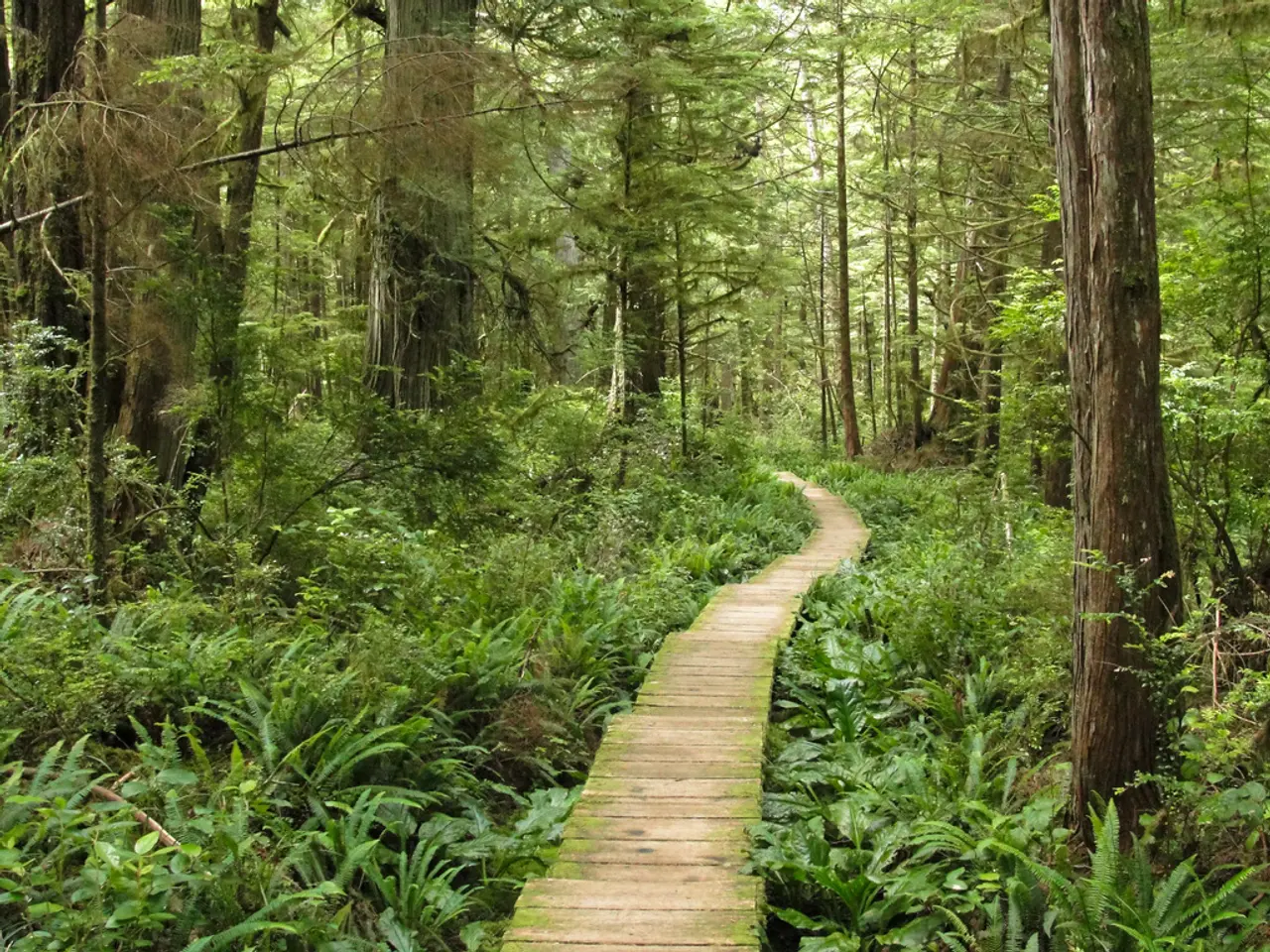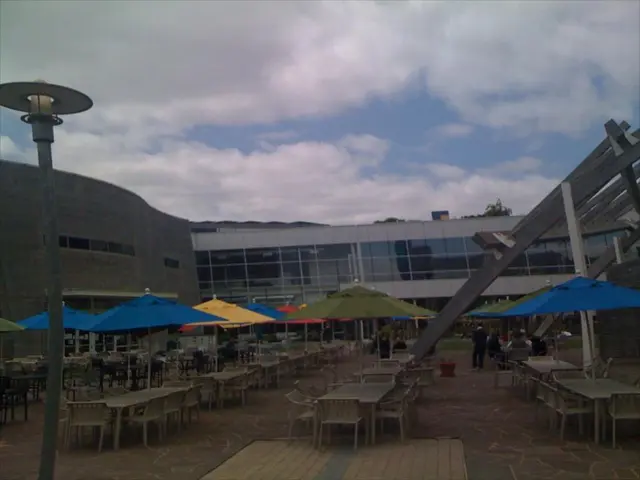Green Timber Options for Eco-minded Construction Specialists
In the realm of sustainable building, three approaches stand out for their significant environmental, economic, and performance advantages: reclaimed wood, engineered wood products, and locally sourced indigenous wood species.
Reclaimed Wood
Reclaiming old growth wood, originally harvested centuries ago, is a practice that extends its life cycle, avoiding the environmental costs of new logging and preserving forests. This wood, with proven longevity and strength, often outperforms newer timber. Reusing timber retains the carbon stored in the wood, preventing its release into the atmosphere, contributing to reducing the carbon footprint of construction.
Reclaimed wood supports a circular economy by reducing waste and fostering material recovery and repurposing industries, which can create new jobs and innovation opportunities.
Engineered Wood Products
Engineered wood products are lightweight yet strong, allowing for more precise offsite manufacturing that reduces construction waste, time, and noise on site. They can replace high-embodied carbon materials like concrete and steel, markedly lowering the carbon footprint of buildings. Their design enables reuse and recycling after the initial building lifecycle, further extending the climate benefits and reducing materials waste.
Locally Sourced Indigenous Wood Species
Using wood sourced locally supports a reduction in transportation-related emissions and energy use, thereby lowering overall environmental impact. Indigenous species are often well-adapted to local climates, contributing to the longevity and resilience of structures while maintaining ecological balance. Local sourcing integrates with sustainable forest management and benefits regional economies, promoting environmental stewardship and community sustainability.
Bamboo, a rapidly renewable resource, offers strength comparable to hardwoods and versatility in various building applications. Indigenous species such as black walnut or Douglas fir in North America, offer unique aesthetic qualities and may be better adapted to local climate conditions. Teak, sourced primarily from Southeast Asia and parts of Africa, is durable, water-resistant, and resistant to insects, making it ideal for outdoor applications like decking and furniture.
Opting for indigenous wood species supports native habitats and ecosystems, contributing to overall ecological health and resilience. By choosing locally sourced wood, builders can reduce transportation emissions and support local economies.
Implementing energy-efficient designs and utilizing eco-friendly finishes can complement your choice of sustainable wood, creating truly environmentally responsible buildings. Certifications such as Forest Stewardship Council (FSC) and Sustainable Forestry Initiative (SFI) ensure wood comes from responsibly managed forests with biodiversity preservation, local community respect, and tree replanting for forest health.
Engineered wood products like cross-laminated timber (CLT) and laminated veneer lumber (LVL) are gaining popularity for their strength, stability, and eco-friendly credentials. Olamagri, with its exceptional durability, natural beauty, and sustainability, is another sustainable choice for environmentally conscious builders.
By embracing these sustainable wood practices, builders can create aesthetically and structurally valuable buildings with strong environmental credentials, promoting durability, reducing waste, and fostering economic opportunities rooted in circular resource use and innovation.






